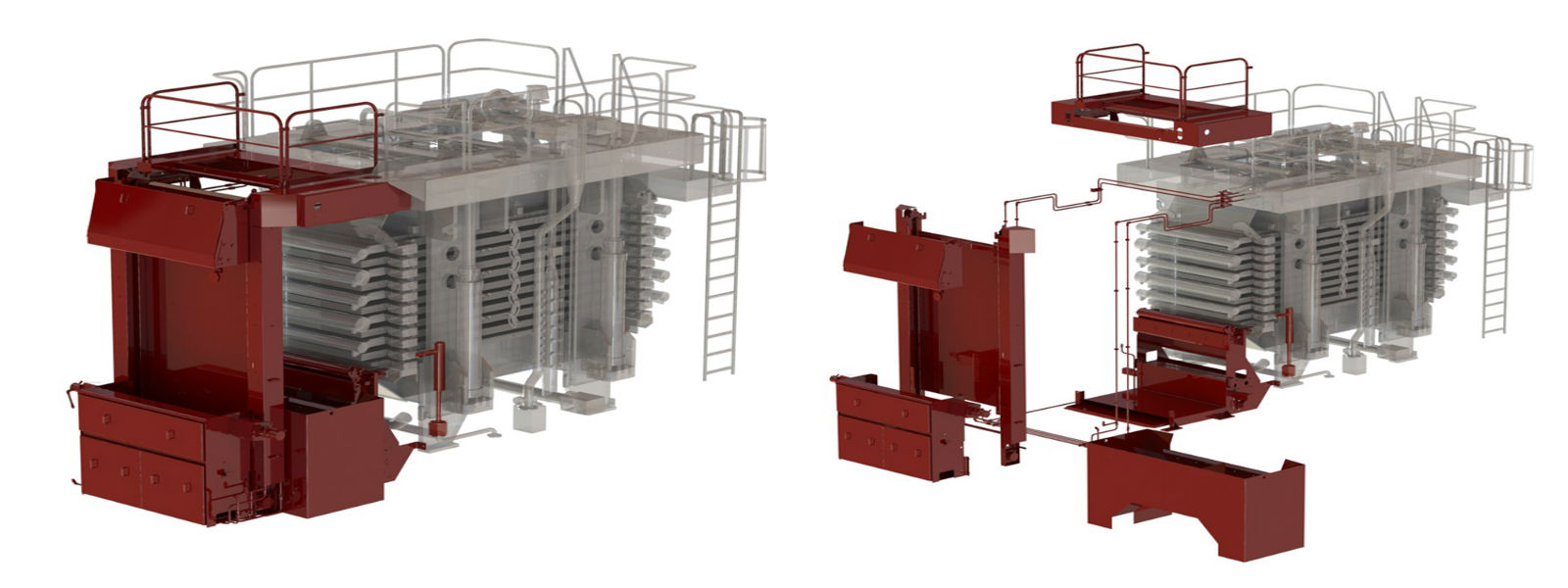Starch producer AB Amilina, a major supplier to the European paper industry, turned to Outotec to help it achieve its aim of doubling capacity and improving production stability at its plant in Panevėžys, Lithuania. With limited floor space, modernizing the existing filter was a more feasible and cost-effective option than installing a second filter. Outotec’s endless cloth upgrade, completed in only seven days, not only delivered the required capacity boost, it also improved the filter cloth lifespan, increased maintenance efficiency, and improved the reliability of the cloth steering.
AB Amilina runs a modern wet wheat mill in Panevėžys in Lithuania, at the heart of the Baltic wheat belt. Opened in 2008, the mill processes wheat into starch and vital gluten fractions, primarily for the paper industry. The by-products of the wet process are concentrated before being mixed with wheat bran, dried, and pelletized into animal feed. Amilina is the largest starch producer in Eastern Europe and recently introduced glucose production at the Panevėžys mill.
“We investigated several different options when planning the best way to increase capacity,” says Raimundas Kazlauskas, head of maintenance at the starch plant. “These included adding a buffer silo before the dryer to complement the existing filter, or even installing second filter, but these options wouldn’t have given us the required gains. After we learned about the endless cloth design, we asked Outotec to investigate the feasibility of modernizing our existing filter equipment.”
Outotec endless cloth modernization
We presented a proposal for upgrading the starch plant’s existing filter that would deliver the desired capacity increase without the need for an additional filter, while simultaneously addressing mechanical reliability issues and improving the efficiency and cost effectiveness of maintenance activities.
Outotec’s PF30 endless cloth modernization replaces the conventional filter cloth operation with the latest endless cloth design. As well as increasing capacity, it also increases availability by making cloth changes quicker and easier, and reducing the number of maintenance shutdowns needed. The modernization also solves cloth tracking problems by using the filter cloth more efficiently.
